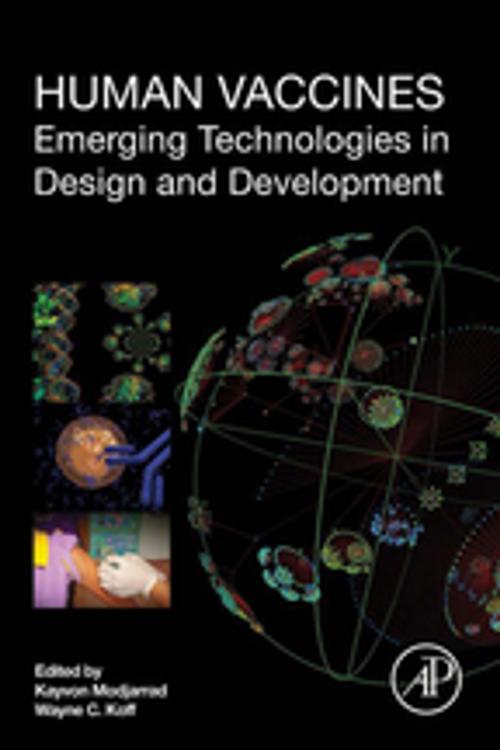Human Vaccines
Emerging Technologies in Design and Development
Nonfiction, Health & Well Being, Medical, Specialties, Preventive Medicine, Medical Science, Immunology| Author: | ISBN: | 9780128025420 | |
| Publisher: | Elsevier Science | Publication: | October 15, 2016 |
| Imprint: | Academic Press | Language: | English |
| Author: | |
| ISBN: | 9780128025420 |
| Publisher: | Elsevier Science |
| Publication: | October 15, 2016 |
| Imprint: | Academic Press |
| Language: | English |
Human Vaccines: Emerging Technologies in Design and Development discusses the advances in molecular biology, biophysics, and informatics—among other disciplines—that have provided scientists with the tools to create new vaccines against emerging and re-emerging pathogens.
For example, the virus-like particle technologies that led to licensing of highly efficacious HPV vaccines have only come into full realization in the last 10 years. Their success has, in turn, accelerated the pace with which nanoparticle vaccines are being developed
Given the rapidity with which the field is changing and the absence of any text documenting this change, there is a need for a resource that surveys these new vaccine technologies, assesses their potential, and describes their applications. This book provides that resource and complements traditional vaccinology books, but also serves as an excellent standalone for researchers and students with basic knowledge in immunology.
- Introduces new topics in vaccine immunology in the context vaccine design and production
- Consolidates the growing body of knowledge on new vaccine technologies that have only emerged in the past 2 – 3 decades
- Reviews the currently licensed vaccines that have utilized leading-edge technologies and how this has translated into improved efficacy and safety
- Provides a broad overview of innovative vaccine technologies, including immunological aspects
Human Vaccines: Emerging Technologies in Design and Development discusses the advances in molecular biology, biophysics, and informatics—among other disciplines—that have provided scientists with the tools to create new vaccines against emerging and re-emerging pathogens.
For example, the virus-like particle technologies that led to licensing of highly efficacious HPV vaccines have only come into full realization in the last 10 years. Their success has, in turn, accelerated the pace with which nanoparticle vaccines are being developed
Given the rapidity with which the field is changing and the absence of any text documenting this change, there is a need for a resource that surveys these new vaccine technologies, assesses their potential, and describes their applications. This book provides that resource and complements traditional vaccinology books, but also serves as an excellent standalone for researchers and students with basic knowledge in immunology.
- Introduces new topics in vaccine immunology in the context vaccine design and production
- Consolidates the growing body of knowledge on new vaccine technologies that have only emerged in the past 2 – 3 decades
- Reviews the currently licensed vaccines that have utilized leading-edge technologies and how this has translated into improved efficacy and safety
- Provides a broad overview of innovative vaccine technologies, including immunological aspects















